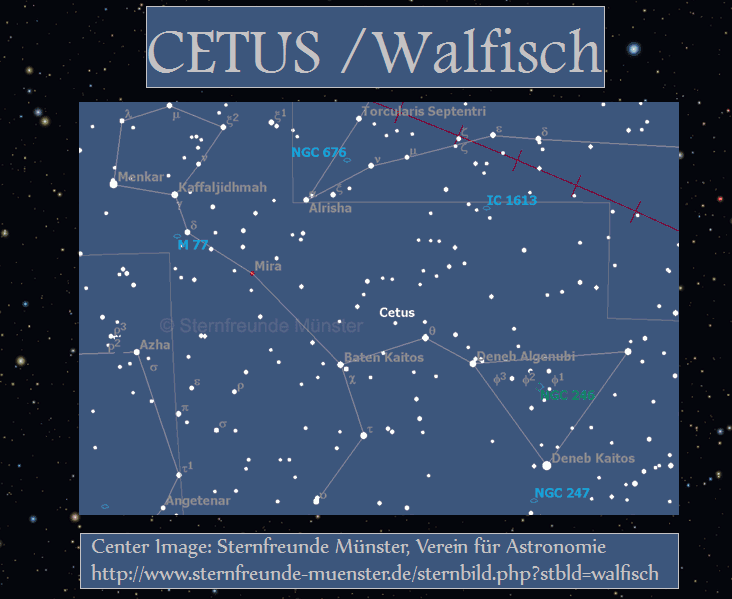Google Earth is of little use here, but we found an image online by Steve Burrow of Bournemouth which shows a full archaeological survey map of the Knowlton Rings. Since that image is copyrighted, we redrew the entire map to a larger size (it may not be exactly to scale as a result) and added our astronomical explanations.
Two images were required to be able to show the full correspondence of the barrows and tumuli on Earth with the stars in the heavens.
The Pleiades are so clear as be without any possible astronomical dispute. Indeed, even the famed seven-star symbol of the Pleiades is apparently used. However, the Pleiades doe not represent this megalithic site, but have only been added here for completion of the location by the ancients.
Knowlton itself is defined by the stars of Taurus near Aldebaran and the Hyades. In Taurus, stars important to marking the Vernal Equinox point on the ecliptic are given priority so that the major star Aldebaran is only marked to the right of the larger rings without any greater significance, as it is not on the ecliptic. The same holds true for the Hyades. However, numerous stars can be identified with little difficulty, as shown in the following images.
Image 1 of 2 of the Decipherment of the Knowlton Rings
Image 2 of 2 of the Decipherment of the Knowlton Rings










 -----
-----
